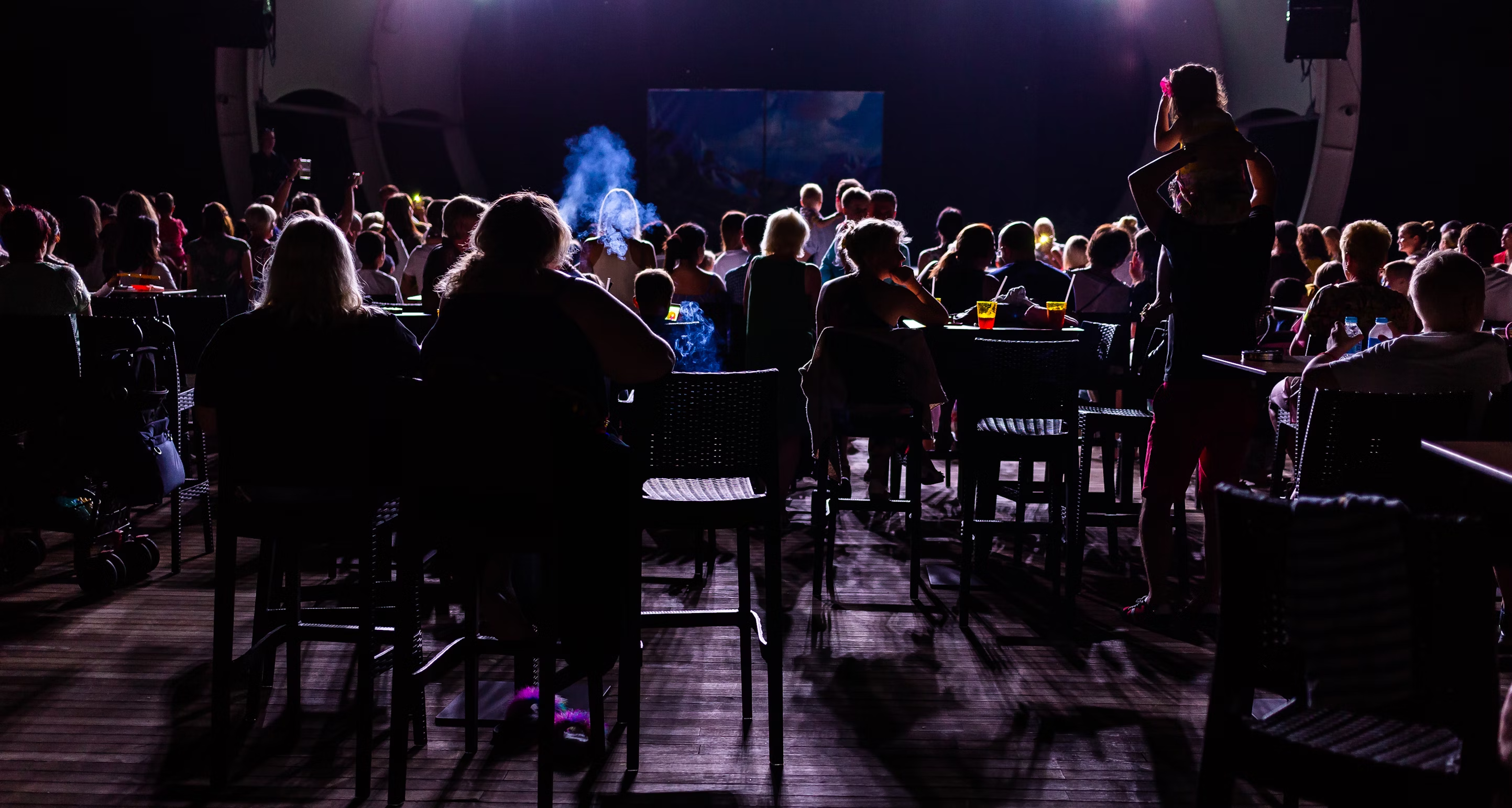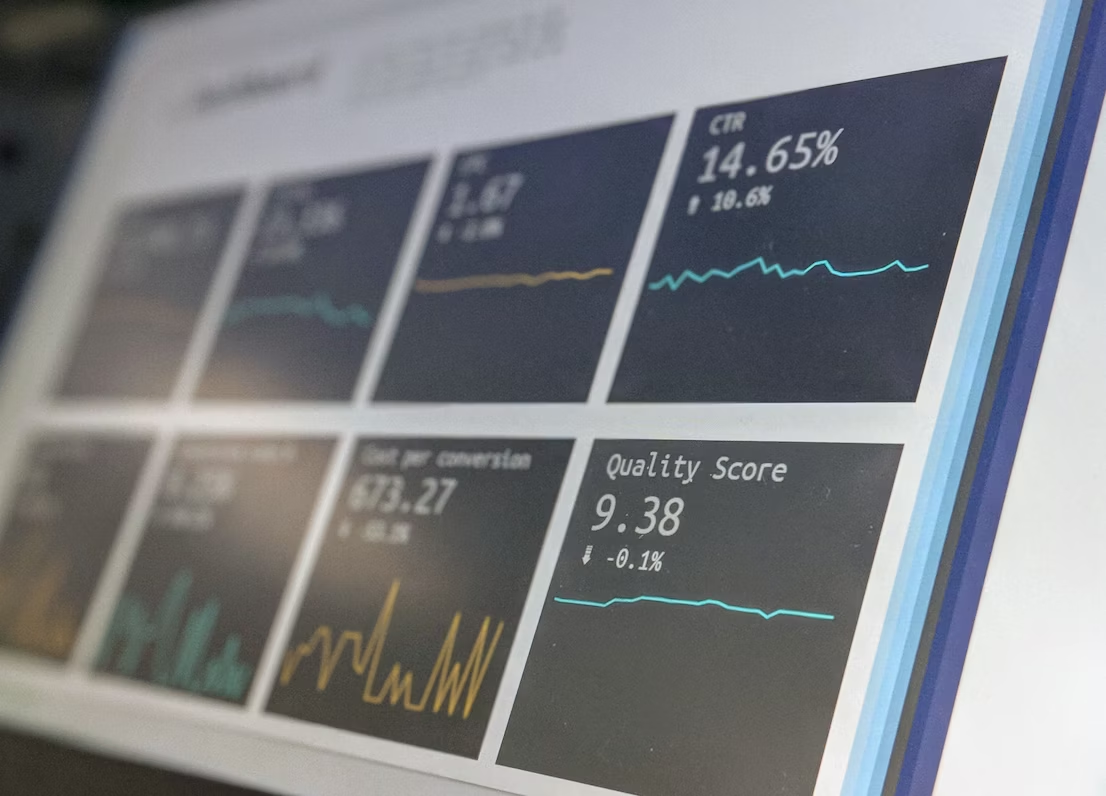Introduction to Community Theater
Community theater refers to theatrical performances produced by local amateur actors and volunteers. Unlike professional theater, community theater productions typically do not pay salaries to the directors, designers, or actors involved. Community theater is drama created by and for the community.
Community theater has its origins in ancient Greece, where theater was deeply woven into the local culture. Theater served civic, spiritual, and ritualistic purposes bringing the community together.
Today, community theaters carry on this tradition by providing an inclusive creative outlet for community members to express themselves artistically. The mission of community theater is to engage and strengthen the community by involving people of all ages, genders, ethnicities, abilities, and socioeconomic backgrounds. Community theater builds empathy, fosters connections, preserves culture, and brings art into local communities.
Any person can get involved with community theater, regardless of experience or talent level. Community theaters thrive on enthusiasm and volunteerism. The nonprofessional nature creates a supportive environment for taking creative risks. For many, community theater sparks a lifelong passion for the performing arts. It provides a creative home for youth, seniors, and everyone in between.
Benefits of Community Theater
Participating in community theater provides many benefits for both individuals and the community as a whole. At its core, community theater builds community by bringing people together around a shared interest and pursuit. For many, it provides a creative outlet and allows people to express themselves artistically, develop confidence, and discover hidden talents. The sense of teamwork, collaboration and belonging gained from working together to put on a production can be incredibly fulfilling.
Community theater also builds interpersonal connections and relationships. The bonds formed while spending many hours together in rehearsal and performance foster meaningful friendships and networks. It provides a way to meet people from diverse backgrounds and create linkages across social groups that might not otherwise interact.
On a personal level, involvement in community theater boosts skills like public speaking, leadership, time management, and problem solving. It helps individuals get out of their comfort zone and grow in non-academic settings. Participating in the performing arts increases appreciation for theater and the arts more broadly. It can spark passion and open up future vocational opportunities.
For many, the greatest benefit of community theater is the sheer joy that comes from being part of a creative, artistic team. Theater is fun! The sense of accomplishment from pulling off a successful show as an ensemble provides lifelong memories. In summary, community theater enriches lives and brings vitality to communities.
Getting Involved
Getting involved with community theater can be extremely rewarding. There are many ways to participate, whether you're interested in being on stage or prefer to work behind-the-scenes.
Auditioning
The most direct way to get involved is by auditioning for a role. Check local listings for upcoming auditions. Prepare a monologue or song to showcase your talents. The audition process varies, but being confident, prepared, and friendly goes a long way. Not getting cast for one show doesn't mean giving up. Keep auditioning and seeking ways to improve your skills.
Volunteering
Consider volunteering for set building, costumes, lighting, sound, stage managing, or front of house. Most community theaters rely heavily on volunteers. It's a great way to learn new skills, meet people, and gain experience. Make your interests known and be willing to pitch in wherever needed. The more shows you volunteer for, the more opportunities arise.
Jobs
While largely volunteer-based, some paid positions may be available. Community theaters frequently need box office staff, marketers, technicians, choreographers, music directors, and more. Paid or not, these roles allow you to grow your expertise and network. Opportunities often arise for aspiring directors and producers as well. Be proactive in applying and look for mentorship programs.
Getting involved in community theater requires being proactive, flexible, eager to learn, and passionate about the arts. With persistence and dedication, you can find your place in this vibrant, collaborative world.
Putting on a Show
Once the play has been selected, it's time to start putting a production together. This requires assembling a team to fill the key creative roles.
The Director. The director is the creative visionary who guides the artistic process. They help the actors interpret their characters and make choices to fulfill the overall vision for the production. The director leads rehearsals and helps unify all the elements of the show.
The Stage Manager. This role is the production manager who runs rehearsals and dramatical performances. They are responsible for organizing the rehearsal schedule, facilitating communication between the director and production team, documenting blocking and technical notes, overseeing all the backstage elements during the shows, and calling cues.
Set Designer. This artist imagines and creates the physical environment of the play through scenic elements like backdrops, platforms, furniture, and hand props that establish the location. They collaborate closely with the director to create a set that works with the vision of the production.
Lighting Designer. The lighting designer develops a plot to establish mood, time of day, isolate actors, and other effects through color, intensity, and the movement of light. Lighting is an crucial atmospheric element.
Costume Designer. This role conceives and assembines all the clothing and accessories worn by the actors. Costumes help convey character traits, time period, and other important details.
Sound Designer. This designer provides sound effects or underscoring during scene changes and moments in the play to complement the action on stage.
With these key creative roles in place, the production can begin advancing towards opening night. The collaboration between the director, designers, and stage manager is essential to forming a unified vision.
Rehearsal Process
The rehearsal process is where the show truly comes together, as actors refine their drama performances and the director molds the production. This intense and rewarding period usually spans 4-6 weeks leading up to opening night.
Rehearsals are carefully scheduled to make the most effective use of the cast and crew's time. The director will block rehearsal dates around conflicts like work and family obligations. Early rehearsals focus on table reads, blocking, and basic character development. As opening night gets closer, rehearsals intensify to incorporate lighting, costumes, and technical elements.
Directing actors is both an art and a science. The director offers guidance and feedback, but also gives actors room to interpret their characters. It's about striking the right balance. Expect lots of experimentation as actors try different approaches and make discoveries. The director steers the ship, but the actors provide the fuel. The right chemistry results in captivating performances.
Throughout rehearsals, all elements of the production are constantly refined. The set is adjusted to maximize sightlines. Music and lighting are tweaked to heighten key moments. Scenes are reworked to improve pacing and storytelling. The script itself may evolve with rewrites and edits. This complex process is akin to assembling a giant jigsaw puzzle - each rehearsal locks more pieces into place.
By opening night, the production has been tightened and polished through extensive rehearsal. The show is ready to leave the rehearsal space and come alive in front of a live audience. All the hard work pays off as the theater springs to life.
Tech Week
Tech week is the most intense phase in mounting a community theater production. This is when all the technical elements - lights, sound, set pieces, props, costumes, and more - fully integrate into the show.
The week starts with "cue-to-cue" rehearsals, where the cast runs through the entire show, stopping after each scene to set light, sound, and other cues. This allows the lighting designer, sound designer, stage manager and other creatives to link the script with the practical elements that will occur. There's no acting during these pause points, just the integration of tech.
Next comes "tech rehearsals" where the show is run start-to-finish with full technical elements. Actors perform scenes at half energy to allow technicians to practice and solve any issues with cues or equipment. The lighting, sound, set changes, and other effects are refined during this time.
Following tech rehearsals are "dress rehearsals" - full run throughs of the show in full costume, props, hair/makeup, and technical aspects. This mimics what the performance will be like for opening night. It's the first chance for the cast and crew to experience the show as an audience member would. Notes are given after each dress rehearsal to continue adjusting and perfecting the production.
The week culminates with "preview performances" where invited guests can view the show and provide feedback before opening night. After preview shows, creatives use notes to make final tweaks. By the last preview, the goal is for tech week to have transformed a shaky rehearsal into a polished performance worthy of a public audience.
Performance Run
For most productions, the performance run consists of multiple performances over consecutive nights or weekends. This gives the cast and crew a chance to refine and improve the show after opening night. While rehearsals are essential, it's only in front of a live audience that you truly experience how the show comes together.
Connecting with the audience is one of the greatest joys of performing. There's an energy exchange that happens between the performers on stage and the viewers in the seats. As an actor, you get immediate feedback on which moments land and which fall flat. Each audience responds differently, keeping the show fresh and spontaneous even after weeks of rehearsal. Rather than performing the same way night after night, actors must remain engaged and in-the-moment.
The performance run is also a time for post-show rituals and bonding within the cast and crew. Some theater companies host dinner or drinks after Friday shows. There may be a tradition of gifts on opening or closing night. Backstage can be abuzz with notes from the director and discussions of what worked well and what could improve. While opening night brings excitement and nerves, the rest of the run allows the team to settle in and enjoy sharing the show they created with the community.
Striking the Show
After the final performance ends, it's time to strike the set and clean up the theater space. This process is known as "striking the show" and it's a big job that requires all hands on deck.
The strike happens immediately following the last show while emotions are still running high from the performance. Everyone is exhausted but also charged with adrenaline. Striking is usually done by cast and crew right after the show so no time is wasted.
Everything that was brought into the theater space for the production must be removed. This includes sets, props, furniture, and costumes. The sets are typically dismantled by the crew and checked by the technical director to make sure everything is accounted for. Props must be returned and costumes need to go back into storage.
It's important to have a plan in place ahead of time designating areas for different items to go. This helps keep things as organized as possible during strike. Anything reusable for future shows should be carefully packed away. Trash and unneeded items are discarded.
The stage and backstage areas require thorough cleaning. Floors are swept and mopped. Any tape residue must be removed from the stage floor. The dressing rooms, green room, and bathroom spaces also need tidying. It's a dirty job, but it must get done.
Striking the show can be emotionally difficult too as it represents closure. But it's also a time for celebration, reflection, and saying goodbye. Some casts have strike celebrations with food and music to commiserate and commemorate the experience.
The theater is returned to its blank state, ready for the next production. Striking the show is tiring but satisfying work, knowing you are handing the space over to the next creative team. It takes teamwork and effort but it's part of the job. When strike is finished, it's time to rest before starting the whole process again.
After the Show
Once the final performance of a community theater production wraps up, there's still work to be done. The cast and crew will likely have a wrap party to celebrate all their hard work and reminisce about the highs and lows of the production process. This is a time for camaraderie and closure after weeks or months collaborating intensely on putting the show together.
Director's notes and reviews will start coming in, providing feedback on what worked well and what could be improved for next time. The creative team and producers will review these as they start planning auditions and casting for the next show several months down the line.
There may also be a period of post-show blues where cast and crew miss working together and the excitement of performing for an audience. This is normal after an intense creative process! Community theaters plan seasons ahead of time so there's always a new production on the horizon to look forward to.
Staying involved by helping strike the set, attend the wrap party, provide feedback, and volunteering for the next show keeps the community theater spirit alive. As does supporting fellow cast and crew members' future endeavors. The bonds formed putting on community productions can last a lifetime.
Keeping Community Theater Alive
Community theater survives and thrives through the passion and dedication of those involved. However, it takes more than enthusiasm to keep a theater company going year after year. Here are some ways to ensure community theater remains alive in your town:
Fundraising
Theatre productions and maintaining a performance space require financial resources. Consider holding annual fundraising campaigns and events. You can sell merchandise or host galas, silent auctions, talent shows, etc. Grants are another great funding source to explore. Build relationships with local businesses that may want to sponsor your productions.
Developing New Talent
A community theater company needs a steady influx of fresh talent - both onstage and behind the scenes. Offer workshops and classes to train new actors, writers, directors and crew members. Make an effort to mentor promising newcomers. Reach out to schools and youth programs to get kids hooked on theater early. Provide opportunities for inexperienced people to take on supporting roles.
Ongoing Community Engagement
Stay visible in your community year-round, not just during shows. Have a booth at street fairs, festivals and other local events. Collaborate with schools, libraries, museums and community centers. Consider starting an improv troupe or reader's theater to perform at various venues. Use social media to share behind-the-scenes info and interact with your audience. Offer an annual membership program with discounts and perks. The more embedded you are in the community, the more support you'll have.
By focusing on fundraising, developing talent, and community engagement, a theater company can keep its lights on for years to come. With dedication and creativity, community theater continues to thrive all over bringing entertainment, education, and connection to small towns and big cities alike.









